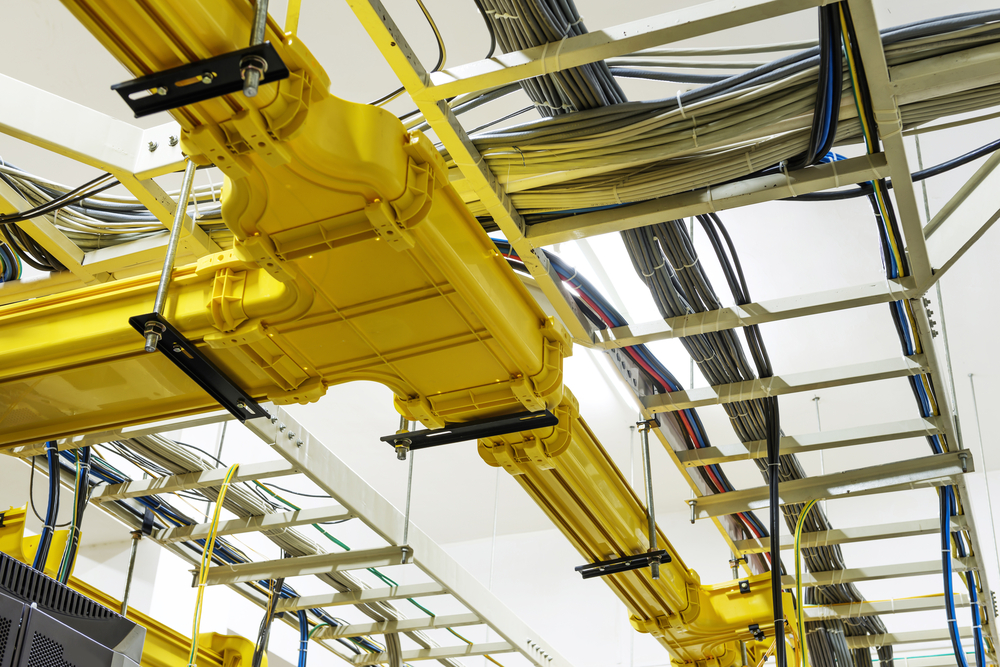Since they were first introduced in 2007, containerized data centers have become increasingly popular and are now available with a variety of cooling options, capacities and designs.
What is a Containerized Data Center?
A containerized data center is a shipping container that is set up to accommodate IT equipment. The container may be configured to accommodate some combination of servers, storage devices, networking gear, uninterruptible power supplies, generators and cooling equipment.
Separate support containers that house power and cooling equipment can also be deployed alongside a containerized data center.
Typically, connectivity is built into the container so that power, water (for cooling) and data can be fed into the container from the outside.
Why Choose a Containerized Data Center?
There are many advantages to using containerized data centers for all or part of your data center needs:
Free up space
Using a containerized data center may allow you to recoup valuable square footage in your building. Because they are weather resistant, containerized data centers can be deployed outdoors or in underused spaces such as parking garages. They are usually designed with access doors at either end, so multiple containers can be stacked or positioned side by side.
Designed to be energy efficient
Containerized data centers are designed for energy efficiency from the ground up. An energy efficient data center limits ongoing operational costs, and the containerized data center’s modular design, with its integrated power and cooling systems, minimizes infrastructure expenses and installation timeframes.
Rapid deployment
Containerized data centers are a quick way to add additional capacity to your existing network and may be more cost effective than expanding a traditional data center.
Possible Deployment Challenges
First, know what you’ve got
When considering a containerized data center, the first step, as with all data center deployments, is to complete a thorough evaluation of your IT requirements.
Containerized data centers often represent a significant cost savings over expanding traditional brick and mortar data centers, however, greater cost savings may be realized in the immediate term and over time by consolidating existing IT resources.
Finding the right location
Different types of containerized data centers offer different types of cooling systems. Some cooling systems require access to water, while other systems require access out outside air for single pass through cooling. Therefore, the preferred cooling system will affect the location and positioning of the data center.
When planning the location of your containerized data center, you will also need to consider service access to the unit, as well as site security, including lighting, fencing and access control.
Infrastructure is critical path
Like all data centers, containerized data centers rely on appropriate power, cooling and IT infrastructure to operate at peak efficiency. CIOs and data center managers should consult with a qualified professional to evaluate the availability and integration of utility power, back-up power generation and cooling system support infrastructure.
These are just some of the considerations that go into selecting the appropriate containerized data center. While containerized data centers allow you to take a modular approach to expanding your IT infrastructure, careful planning is still required to protect your technology investment.










